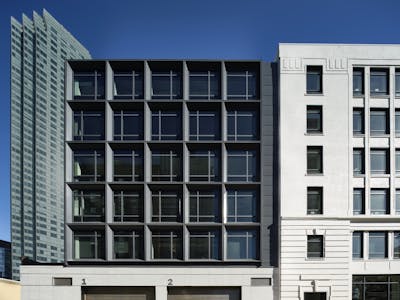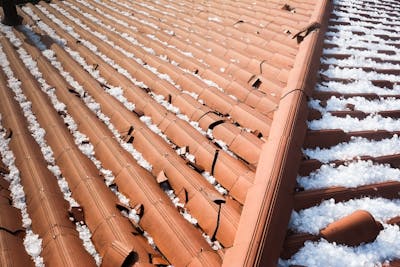
Building Vibrations: Who Cares, Possibly Your Lab or Diagnostics Equipment?
Matthew Pavelchak expounds on the ideas of urbanization and expansion with medical and technology complexes choosing renovation over new builds and how it affects vibration sensitive equipment.
Key Takeaways
- Vibration requirements for sensitive equipment continues to become more stringent
- In-house systems can gather data, process, and report to meet manufacturer requirements
- Existing structures may not be able to meet vibration requirements for sensitive equipment
Overview
As urbanized areas continue to expand, the renovation of existing spaces has become a popular approach to accommodate new proposed space uses and needs. This is especially the case for medical and technology complexes when the capital and or space to build new structures is not available. The reuse of existing space can sound like a great idea, but will these existing spaces meet the vibration criteria for vibration sensitive equipment?
Vibration Requirements
As technology continues to advance, the vibration requirements for vibration sensitive equipment in the medical and technology industries continues to become more stringent. Meeting the vibration limits published by these equipment manufacturers is essential so the equipment, once installed, works as presented and conforms with warranty requirements. This can be accomplished through the non-destructive vibration testing of the ambient conditions at the existing structure based on the proposed layout of the new space and vibration sensitive equipment. To accomplish this Walter P Moore has an in-house system to gather the vibration data, post-process the data, and report the existing vibration results against the vibration requirements of the manufacturer.
Using Accelerometers
To conduct this testing, accelerometers are placed on the existing structure in the locations where the proposed equipment will be installed. Once the accelerometers are placed, the existing vibrations during normal building use and also during different walking exercises designed to match the proposed use of the space are recorded. Once this data has been gathered it is post-processed and reported. This testing is usually done prior to the proposed tenant build out and once the build out is completed so the Client and Design Teams can confirm the vibration adequacy of the existing structure or plan for any needed upgrades.
Existing structures may not always meet the vibration requirements defined by the equipment manufacturer. This is especially true if the existing structure was designed for traditional occupancies like an office occupancy. There are a few approaches to bring the existing structure into compliance with the manufacture’s vibration requirements:
- Structurally modify the existing structure to change the vibration behavior
- Install isolation tables to isolate the equipment from the existing structure
- Change the proposed location of the vibration sensitive equipment
- Implement a combination of the above solutions
The above approaches can carry a relatively large price tag but not determining if the existing space can accommodate the equipment’s vibration requirements before moving forward with the build out may carry an even larger price tag. Walter P Moore can help you understand the “Who Cares” questions about your existing structure’s vibrations.


